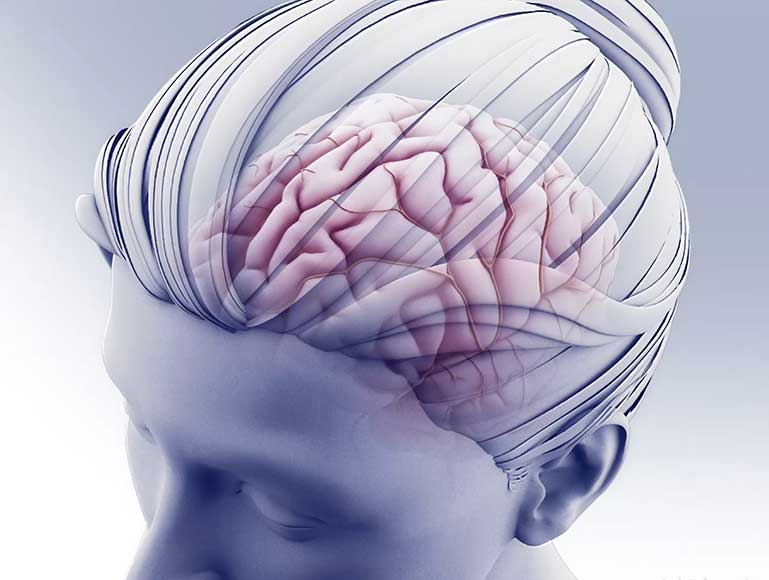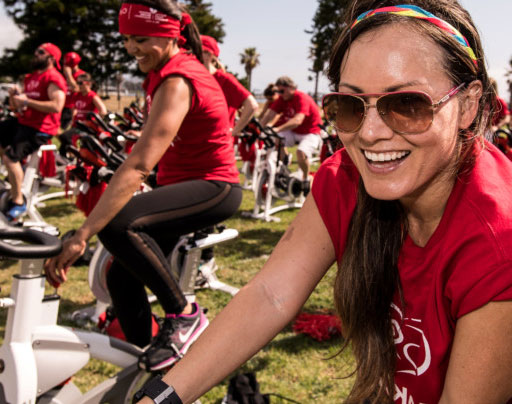
Caregivers
November is National Caregiver Month — a time to honor your strength, love and all that you do to support your loved ones. Don’t forget that you need care too! Maintaining health and well-being is essential.

It’s Stroke Hero Time! Who Inspires You?
 Nominations are now open for the 2026 Stroke Hero Awards recognizing survivors of stroke, caregivers, groups or advocates who educate, inspire and raise awareness about stroke. View all 6 categories.
Nominations are now open for the 2026 Stroke Hero Awards recognizing survivors of stroke, caregivers, groups or advocates who educate, inspire and raise awareness about stroke. View all 6 categories.
Quadruple Your Life-Saving Impact Today

We’re counting on your support to meet the 50-State Challenge and unlock a $100,000 gift that will quadruple your impact. Give now to help save lives.
For Patients and Caregivers:
Stroke Warning Signs
Recognize the warning signs and call 9-1-1 immediately. This can make the difference between a strong recovery and disability or even death.
Stroke Prevention
Whole body wellness can help you feel stronger, healthier and mentally sharp – and it can also reduce your stroke risk.
Stroke Recovery
There is life – and hope – after stroke. With time, new routines will become second nature. Rehabilitation can build your strength, capability and confidence.
For Healthcare Professionals:
Cryptogenic Stroke
Our updated Healthcare Professional Guide can help diagnose the underlying reason for cryptogenic stroke and tailor prevention plans for your patients.
EMS Routing
Consensus recommendations can help ensure acute stroke patients are triaged to the facility.
Secondary Prevention
Our May 2021 Guideline provides clinicians with the latest evidence-based recommendations for preventing another stroke.
By learning the F.A.S.T. warning signs, you just might save a life from stroke.

Face Drooping
Ask the person to smile. Is the person's smile uneven?
Arm Weakness
Ask the person to raise both arms. Does one arm drift downward?
Speech
Is the person unable to speak or hard to understand? Ask the person to repeat a simple sentence, like "The sky is blue."
Time to Call 9-1-1
Check the time so you'll know when the first symptoms appeared.In the News
The latest in stroke and brain health news
Read more stroke related news Aphasia and Stroke
This common post-stroke language disorder affects the ability to communicate, causing frustration and confusion. Treatment and strategies can help – check out our fact sheets, tips and other resources.
Stroke Support Groups
Connect with others with similar experiences, learn helpful information and help ease the depression and isolation that’s common after stroke. Use our support group finder for a list of groups near you.

CycleNation
Energizing a nation to get brain and heart healthy through the power of the bicycle.
Be a stroke hero. Donate today.
Your gift contributes to breakthrough research, advocacy, and more lives saved from heart disease and stroke!
Stroke Video Gallery
-
Spot a Stroke F.A.S.T. | Actresses Susan Lucci and Jennie Garth, NBA player Paul George, and NFL player Bobby Wagner share their personal connection to stroke. Honor someone you love by learning the stroke warning signs with F.A.S.T.
-
Managing Spasticity Post-Stroke | This poorly understood post-stroke condition causes stiff or rigid muscles, negatively impacting daily activities and quality of life. Talk to your health care professional about treatment and management options.
-
F.A.S.T. Can Save Lives | A stroke can happen at any age. Learn how to spot a stroke F.A.S.T. – if you see Face drooping, Arm weakness, or Speech difficulty, it’s Time to call 911.
-
Stroke Survivor - Michael Johnson | The Olympian sprinter shares his stroke survivor journey.
-
Recognize Stroke F.A.S.T. | Anyone can have a stroke and everyone should be prepared. It’s a matter of knowing what to do, taking action and spreading the word. By learning and sharing the F.A.S.T. warning signs, you just might save a life from stroke.
-
F.A.S.T. Song - Stroke Signs | Hip Hop Artist Dee-1 and Tha Hip Hop Doc Rani Whitfield, M.D., collaborated on a song for the American Heart Association/American Stroke Association for World Stroke Day 2015, to teach the warning signs of stroke.
